Species Photo Gallery for Agallia lingulata No Common Name |
 | Photo by: Margarita Lankford
Orange Co.
Comment: https://www.inaturalist.org/observations/74688727 | 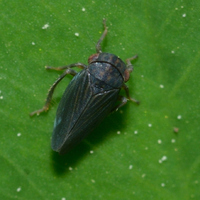 | Photo by: Margarita Lankford
Orange Co.
Comment: https://www.inaturalist.org/observations/73538010 |
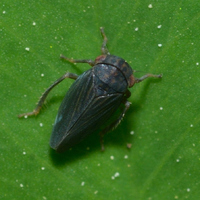 | Photo by: Margarita Lankford
Orange Co.
Comment: https://www.inaturalist.org/observations/73538010 | 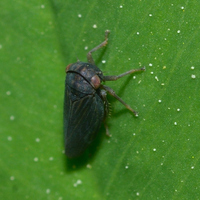 | Photo by: Margarita Lankford
Orange Co.
Comment: https://www.inaturalist.org/observations/73538010 |
 | Photo by: Margarita Lankford
Orange Co.
Comment: https://www.inaturalist.org/observations/28376540 | 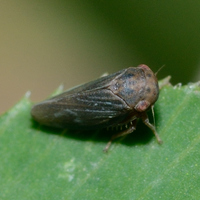 | Photo by: Margarita Lankford
Orange Co.
Comment: https://www.inaturalist.org/observations/28376540 |
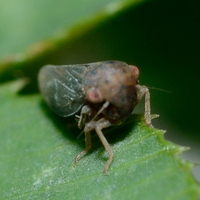 | Photo by: Margarita Lankford
Orange Co.
Comment: https://www.inaturalist.org/observations/28376540 | 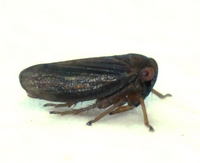 | Photo by: Kyle Kittelberger
Wake Co.
Comment: lawn |
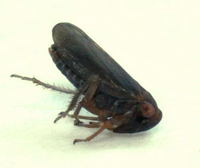 | Photo by: Kyle Kittelberger
Wake Co.
Comment: lawn | 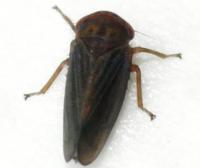 | Photo by: Kyle Kittelberger
Wake Co.
Comment: lawn |
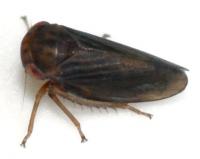 | Photo by: Kyle Kittelberger
Wake Co.
Comment: lawn |  | Photo by: Kyle Kittelberger
Wake Co.
Comment: lawn |
|

 »
»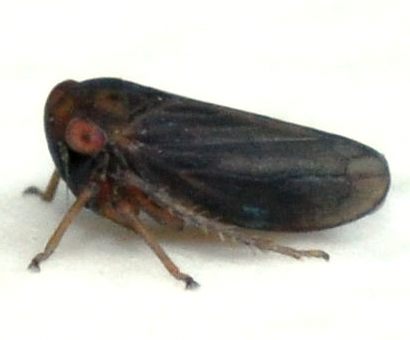

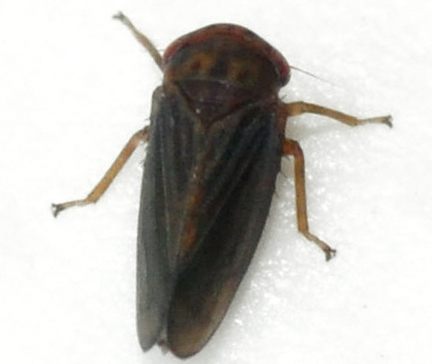

 »
»

